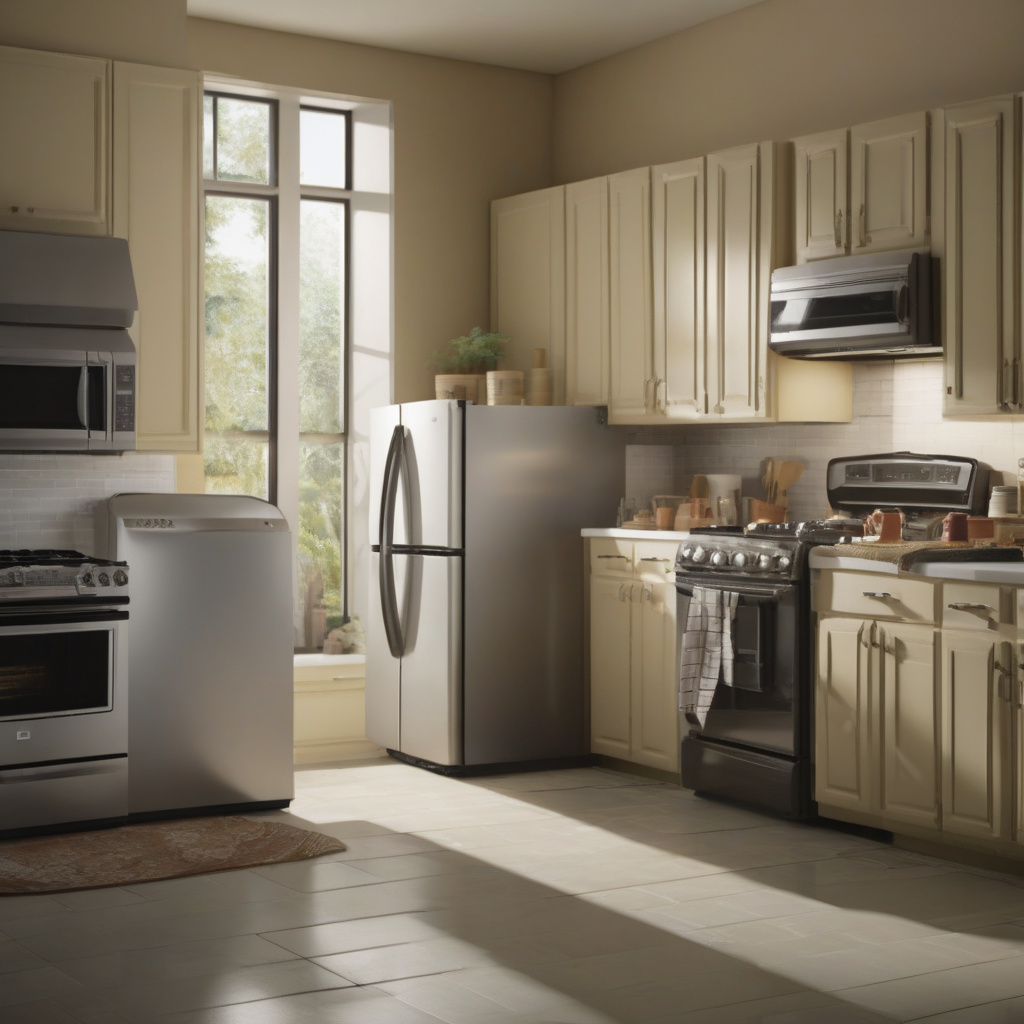Trump’s 50% Steel Tariffs Could Make Household Appliances More Expensive
In a move that has sent shockwaves through the retail and appliance industries, the U.S. Department of Commerce has announced a staggering 50% tariff on steel. This policy shift, reminiscent of the previous administration’s trade strategies, raises significant concerns about the potential repercussions on household appliances, including essential items like dishwashers and refrigerators.
The introduction of these tariffs is framed as a measure to protect American steel manufacturers from foreign competition. However, the reality is that such tariffs often lead to increased production costs for manufacturers who rely heavily on steel as a primary input for their products. According to industry analysts, steel is not just a component; it is a foundation upon which many household appliances are built. As steel prices surge due to these tariffs, manufacturers will likely pass on these costs to consumers, resulting in higher prices for everyday items.
For instance, consider the impact on a typical refrigerator. The appliance industry operates on thin margins, with any increase in production costs directly affecting retail prices. If a refrigerator that once sold for $1,000 sees a 50% increase in steel-related costs, the final price could rise significantly, potentially pushing it to $1,200 or more. This increase not only affects consumers’ wallets but also changes their purchasing behavior. Households may opt to delay purchases or seek out lower-quality alternatives, ultimately affecting sales for higher-end manufacturers.
The dishwasher market is another area that could feel the pinch from these tariffs. With steel making up a substantial portion of a dishwasher’s structure, manufacturers may find themselves in a predicament. A well-known brand that previously priced its dishwashers around $800 could see prices rise to $1,000 or beyond. This inflation could lead to a drop in sales, as consumers reassess what they are willing to pay for appliances that have become a standard feature in modern kitchens.
Retailers, too, are bracing for the impact. Many appliance stores operate on a just-in-time inventory system, meaning they keep minimal stock on hand to reduce overhead costs. With tariffs driving up prices, retailers might be forced to reevaluate their pricing strategies and inventory management. Some may choose to absorb the costs temporarily to maintain customer loyalty, but this practice could be unsustainable in the long term. For others, passing on the increased costs to consumers may be the only option, which could lead to a decline in customer foot traffic and sales.
Moreover, the tariffs come at a time when consumers are already feeling the pressure of inflation in various sectors. The rising cost of living has made budget-conscious shopping more prevalent, and the last thing consumers want is another financial burden in the form of higher appliance prices. This situation presents a unique challenge for manufacturers and retailers alike, as they navigate a landscape where customer loyalty is increasingly tied to affordability.
In the broader economic context, these tariffs could inadvertently harm American jobs in the appliance sector. While the intention is to protect domestic steel jobs, the reality is that higher appliance prices could result in decreased consumer spending. If appliance sales decline, manufacturers may be forced to cut jobs, negating the initial benefits anticipated from the steel tariffs.
The appliance industry is not an isolated market; it is interconnected with various sectors, including construction, real estate, and even the automotive industry, where steel is also a critical component. A ripple effect from these tariffs could lead to a slowdown in housing starts, as higher appliance costs may deter potential homebuyers. This could further exacerbate job losses in related industries, demonstrating that economic policies must consider the intricate web of interdependencies that exist within the marketplace.
In conclusion, the U.S. Department of Commerce’s announcement of a 50% steel tariff poses a considerable challenge to the household appliance sector. While the aim of protecting American steel manufacturers may seem noble, the unintended consequences could lead to higher prices for consumers, reduced sales for retailers, and potential job losses across the industry. As the situation unfolds, stakeholders in the appliance market must prepare for a landscape that could be drastically altered by these tariffs.
#SteelTariffs #ApplianceIndustry #ConsumerPrices #RetailChallenges #Economics
